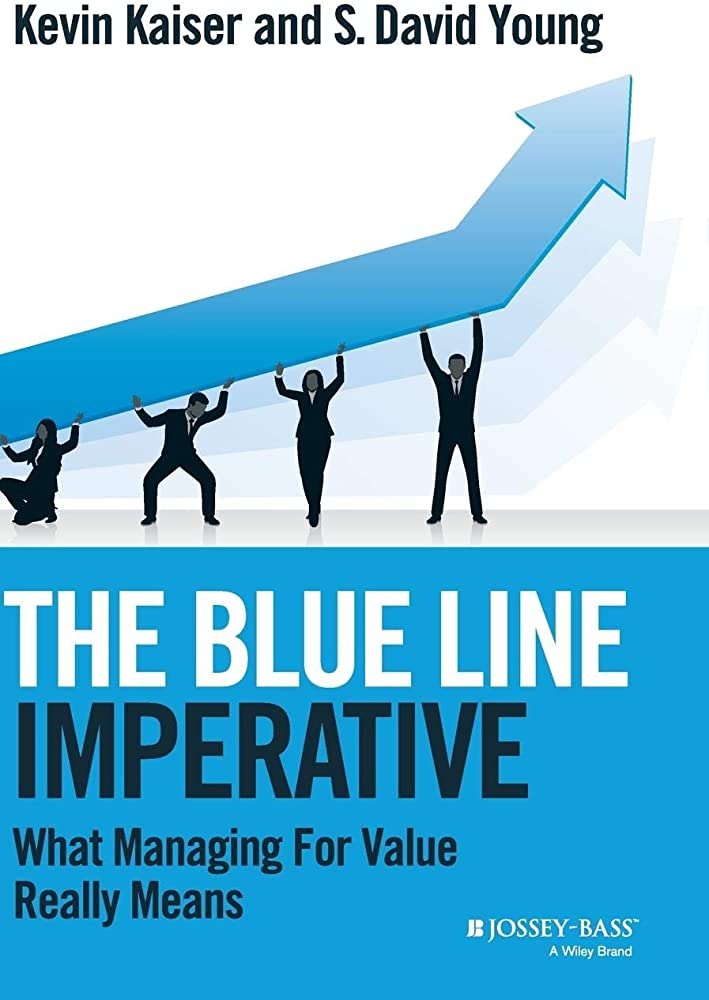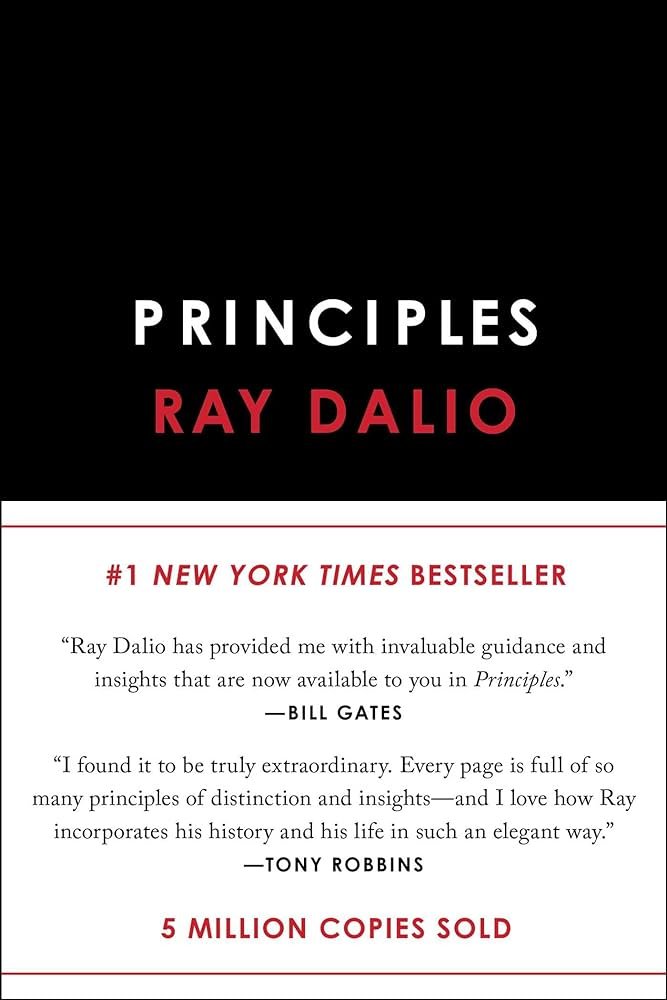
The Toyota Way
“All we are doing is looking at the time line from the moment the customer gives us an order to the point when we collect the cash. And we are reducing that time line by removing the non-value-added wastes. (Ohno, 1988)”

The Blue Line Imperative
The essential premise is that all life forms require energy to continue to be a life form, and, because energy is in finite supply in the universe (subject to clarification as we improve our understanding of the universe and its ‘laws’), then all life forms possess an ‘awareness’ of this scarcity of energy and thus reflect a ‘behavioral imperative’ to adjust behavior according to the opportunity cost of this energy. This is why we all are able to distinguish value creating from value destroying behavior, and also why we have a preference for value creating behavior.

Who Says Elephants Can’t Dance?
Early on I discovered, to my dismay, that the open exchange of ideas - in a sense, the free-for-all of problem solving in the absence of hierarchy that I had learned at McKinsey - doesn't work so easily in a large, hierarchical-based organization.
Thus began a lifelong process of trying to build organizations that allow for hierarchy but at the same time bring people together for problem solving, regardless of where they are positioned within the organization.

Principles
Look for people who have lots of great questions. Smart people are the ones who ask the most thoughtful questions, as opposed to thinking they have all the answers. Great questions are a much better indicator of future success than great answers.
